![]() “Be a yardstick of quality. Some people aren’t used to an environment where excellence is expected.” Steve Jobs
“Be a yardstick of quality. Some people aren’t used to an environment where excellence is expected.” Steve Jobs
EXCELLENCE IS EXPECTED IN HAY SPRINGS!
Reflect back three years ago. Hay Springs Schools were not achieving well academically. We had a large number of students that were not proficient on State Assessment tests, our school district did not meet AYP (Adequate Yearly Progress), and perhaps worse, the State of Nebraska placed us on the “Persistently Lowest Achieving Schools” list – the bottom 5% of all schools in the State. Overall, we were a failing school district academically.
Now, jump forward three years to today. Note the following success:
- On average 87% of our students are proficient, well above most schools in the State.
NeSA Tests (Nebraska State Achievement Test):
- NeSA – Reading: Our test scores exceeded the average State’s average scores at every grade level tested. At the fourth grade 100% of our students were proficient.
- NeSA – Math: Our test scores again exceeded the state average except at grades four and seven who were close. Grade six had 100% students proficient.
- NeSA –Science: These tests were exceptionally high. Students are tested at grades five, eight, and eleven. Students tested well above the State average.
AYP (Adequate Yearly Progress): Our school district has met Adequate Yearly Progress every year for the last three years. All districts strive for this yearly recognition.
Two years ago our school was taken off the “Persistently Lowest Achieving Schools” list. Because of our high academic success we are not close to being placed on the list again.
ACT Test: If your child plans to attend a four-year college after high School students must take the ACT. This test reflects the achievement of our graduates over time and is an indication of the extent to which our students are prepared for college-level work. The ACT measures English, mathematics, reading and science. Last year’s graduating class and this years senior class are both substantially over the State average. I would note that most schools only test the few students that plan to attend college. In Hay Springs we make an effort to test every student.
We can attribute our academic success to our outstanding teaching staff, hard working students that come to school well rested and prepared for class, a solid curriculum and a supportive Board of Education.
In the last week we have sent home individual student’s State Assessment Test Scores. Read them over, ask your child’s teacher for clarification, and work with your child if there are areas that are low.
As a community we should be proud of our hard working students, supportive parents, and diligent staff. We are all working towards improved learning and successful students.
There is no better place for your child than Hay Springs Public Schools.








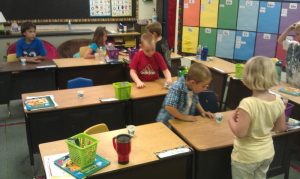
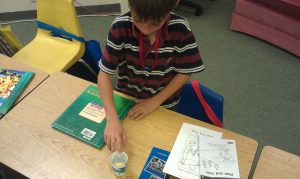
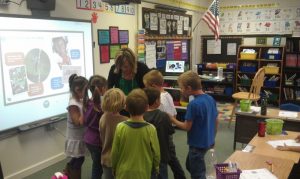
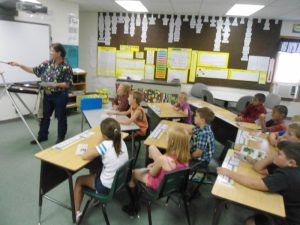





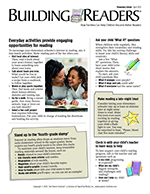

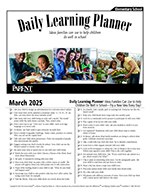

 Report incident
Report incident